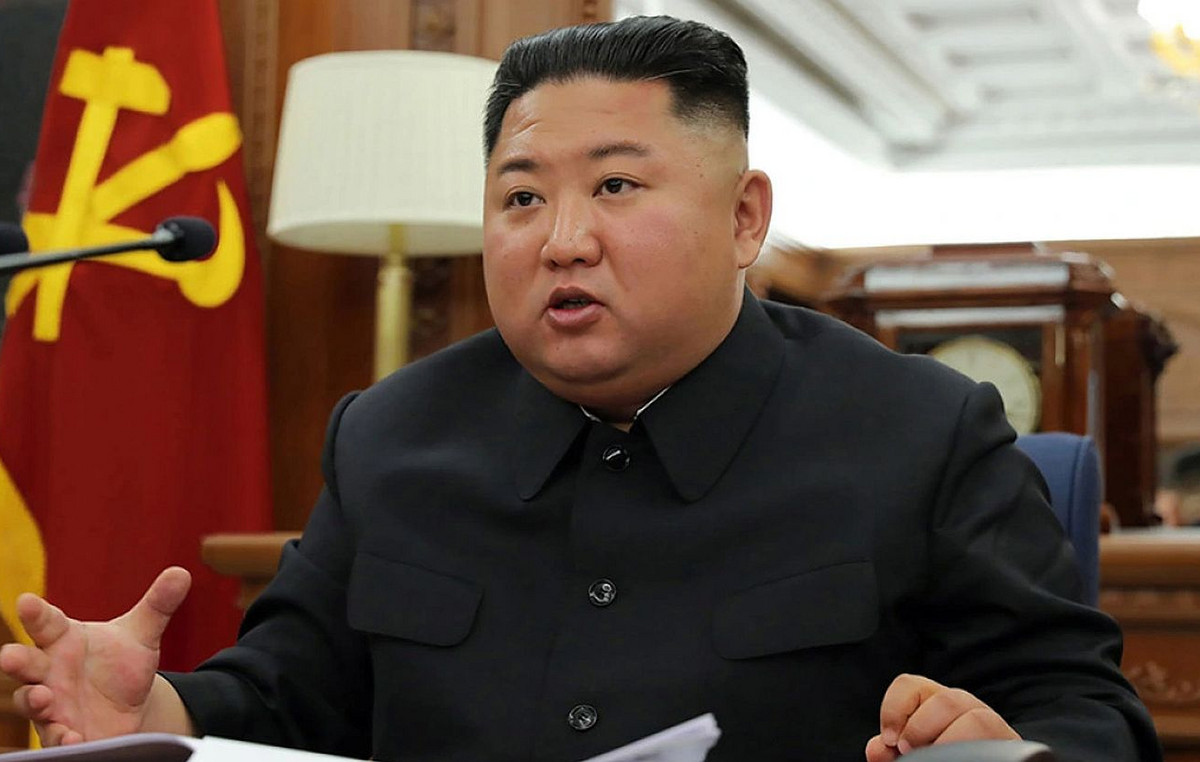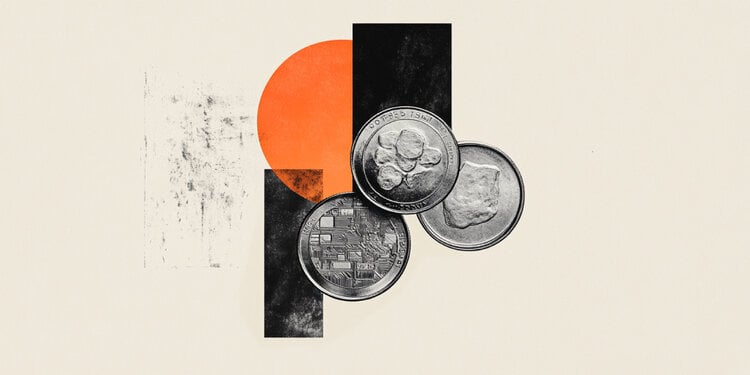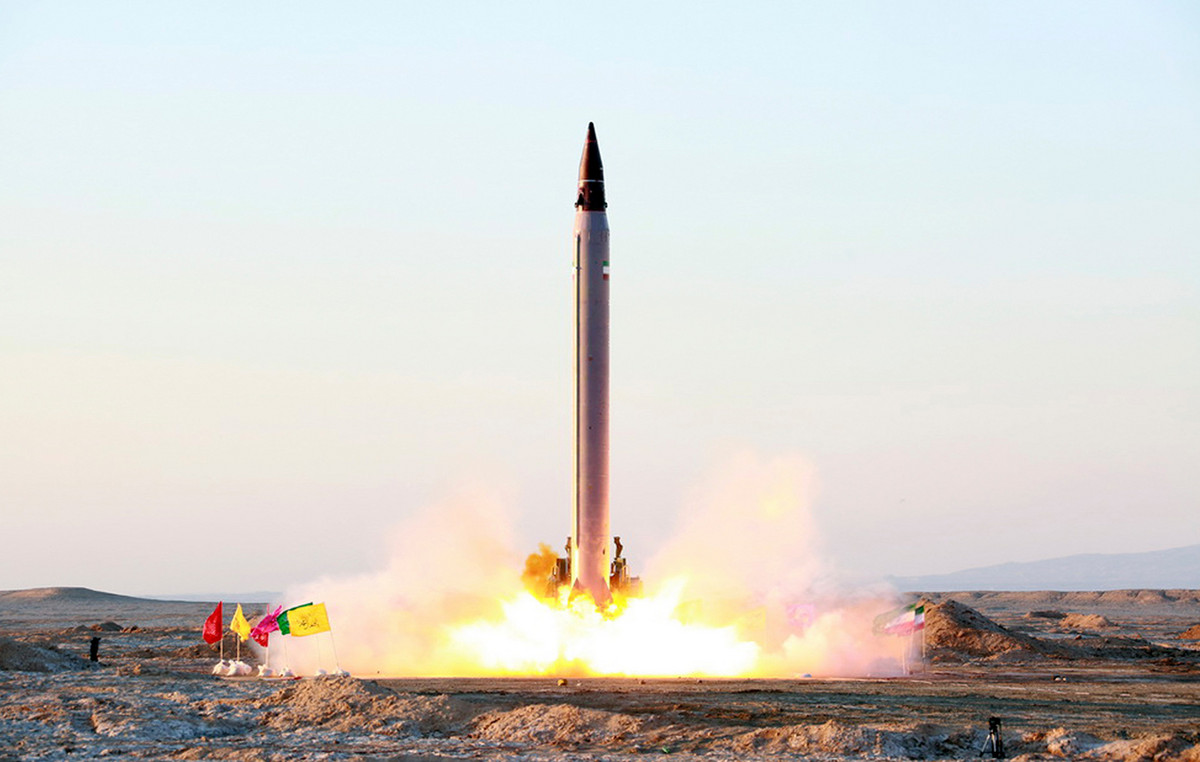- The Indian rupee rises to about 86.65 against the US dollar for the increase in tensions in the Middle East.
- Bloomberg reported the possibility that the US attacks Iran in the next few days.
- The Fed provides for less interest rate cuts in 2026 and 2027, maintaining two cuts for the year.
Indian rupee (INR) reaches a new maximum of two months about 86.65 against the US dollar (USD) on Thursday. The USD/INR pair is firmly negotiated in the middle of the growing conflict between Iran and Israel, and the superficial trajectory of feat cuts guided by the Federal Reserve (FED) On Wednesday, after maintaining stable interest rates in the current range of 4.25% -4.50% for the fourth consecutive time.
The US dollar index (DXY), which tracks the value of the dollar against six main currencies, reaches a new weekly maximum about 99.10.
The war between Tel Aviv and Tehran, who has entered his seventh day on Thursday, has intensified even more in the face of the possibility that the USA (USD) They can also attack Iran as soon as this weekend, Bloomberg reported.
Financial market participants warn that the US direct participation in the conflict in the Middle East could mark a significant escalation, which could lead to devastating results worldwide.
Earlier this week, the US also mobilized some defense teams towards the Middle East, with the aim of protecting their military bases located in the region. “We are defensively positioned in the region to be strong, in search of a peace agreement,” said Defense Secretary Pete Hegseth in an interview with Fox News.
Increased geopolitical tensions increase the demand for shelter assets, such as the US dollar.
What moves the market today: Indian rupee decreases in the face of firm oil prices
- Indian rupee seems vulnerable to its main peers on Thursday in the midst of a feeling of discouraging market and firm oil prices. Tensions between Israel and Iran have reduced the demand for higher risk assets and have pushed up rising oil prices.
- The currencies associated with nations with greater dependence on oil import, such as India, become vulnerable to wild oscillations in oil price movements.
- Another reason behind the weakness of the Indian currency are the growing expectations that the Bank of the Indian Reserve (RBI) could reduce interest rates again this year. Market participants have become increasingly confident in a greater relief in politics after the publication of the inflation data of the consumer price index (CPI) and the May wholesale price index (WPI), which showed that price pressures grew moderately.
- Earlier this week, the governor of the RBI, Sanjay Malhotra, also expressed confidence in an interview with Business Standard by stating that, “if the perspectives of inflation turn out to be inferior to our projections, space for politics will open.”
- In the US region, the FED maintained interest rates without changes in the range of 4.25% -4.50% for the fourth consecutive time, as expected, and maintained its prognosis of two cuts of interest rates, but reviewed the guide of interest rates for 2026 and 2027 before risks up to inflation.
- The president of the FED, Jerome Powell, celebrated the soft inflation readings observed in recent months, but warned that He is “starting to see some tariff effects and waits more in the coming months”, during the press conference after the decision of interest rates on Wednesday.
- Jerome Powell warned about the risks of stagflation, citing that “short -term inflation expectations have increased,” and the business feeling has deteriorated due to concerns about the rates imposed by the US president, Donald Trump. Powell added that “the effects of rates will depend on the level, and this year’s increases will probably weigh on economic activity and increase inflation.” Meanwhile, Fed officials have also reviewed the growth of the Gross Domestic Product (GDP) for 1.4%, below an earlier estimate of 1.7%.
Indian Rupia Price today
The lower table shows the percentage of change of the Indian rupee (INR) compared to the main coins today. Indian Rupia was the weakest currency against the Japanese yen.
| USD | EUR | GBP | JPY | CAD | Aud | NZD | INR | |
|---|---|---|---|---|---|---|---|---|
| USD | 0.20% | 0.23% | 0.03% | 0.24% | 0.70% | 0.95% | 0.16% | |
| EUR | -0.20% | 0.04% | -0.18% | 0.03% | 0.44% | 0.72% | 0.07% | |
| GBP | -0.23% | -0.04% | -0.21% | -0.05% | 0.40% | 0.76% | -0.06% | |
| JPY | -0.03% | 0.18% | 0.21% | 0.17% | 0.52% | 0.84% | 0.20% | |
| CAD | -0.24% | -0.03% | 0.05% | -0.17% | 0.36% | 0.73% | 0.03% | |
| Aud | -0.70% | -0.44% | -0.40% | -0.52% | -0.36% | 0.41% | -0.40% | |
| NZD | -0.95% | -0.72% | -0.76% | -0.84% | -0.73% | -0.41% | -0.90% | |
| INR | -0.16% | -0.07% | 0.06% | -0.20% | -0.03% | 0.40% | 0.90% |
The heat map shows the percentage changes of the main currencies. The base currency is selected from the left column, while the contribution currency is selected in the upper row. For example, if you choose the Indian rupee of the left column and move along the horizontal line to the US dollar, the percentage change shown in the table will represent the INR (base)/USD (quotation).
Technical Analysis: USD/INR jumps about 86.65
The Indian rupery extends its loss streak against the US dollar for the third day of negotiation on Thursday. The short -term trend of the USD/INR torque is bullish since the 20 -day exponential mobile average (EMA) is inclined to rise around 85.95.
The 14 -day relative force (RSI) index exceeds 60.00, suggesting that a new bullish impulse has been activated.
Looking down, the 20 -day EMA is a key support level for the main one. On the positive side, the maximum of April 11, 87.14 will be a critical obstacle to the pair.
Economic indicator
Fed interest rates decision
The Federal Reserve (Fed) Delibera on monetary policy and makes a decision on interest rates in eight preprogrammed meetings per year. It has two mandates: maintain inflation in 2% and maintain full employment. Its main tool to achieve this is to establish interest rates, both to those that it lends to banks and to those that banks lend each other. If you decide to raise the fees, the US dollar (USD) tends to strengthen since it attracts more foreign capital tickets. If the rates lower, it tends to weaken the USD since capital is drained towards countries that offer greater returns. If the rates remain unchanged, the attention focuses on the tone of the Federal Open Market Committee (FOMC), and if it is a hard line (expectancy of higher interest rates in the future) or moderate (expectation of lower rates in the future).
Read more.
Last publication:
MIÉ JUN 18, 2025 18:00
Frequency:
Irregular
Current:
4.5%
Dear:
4.5%
Previous:
4.5%
Fountain:
Federal Reserve
Source: Fx Street
I am Joshua Winder, a senior-level journalist and editor at World Stock Market. I specialize in covering news related to the stock market and economic trends. With more than 8 years of experience in this field, I have become an expert in financial reporting.







